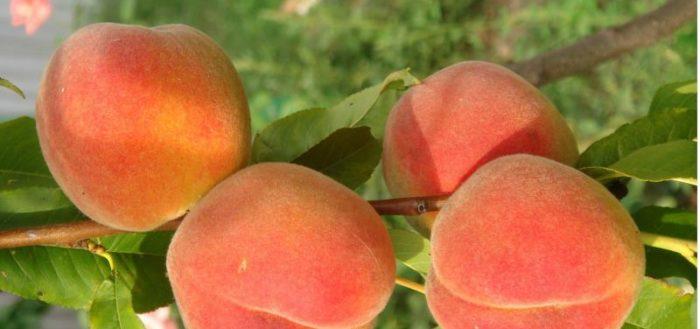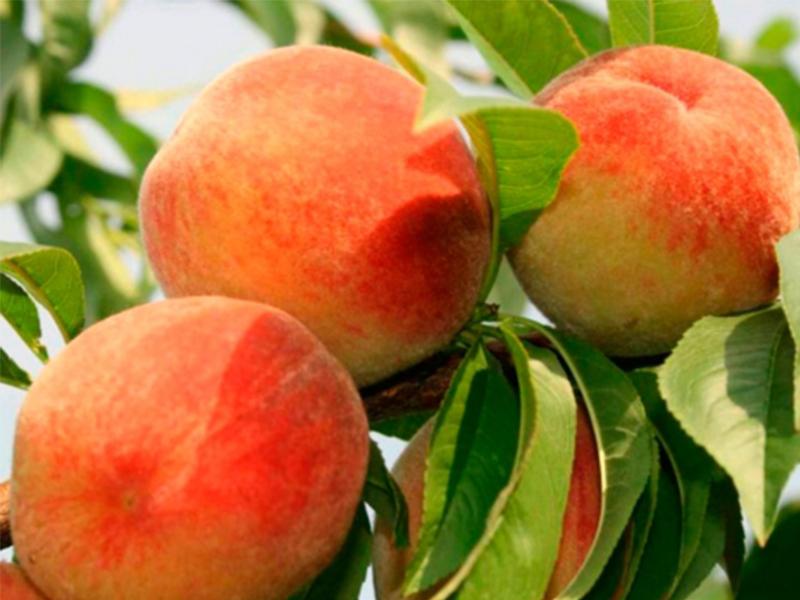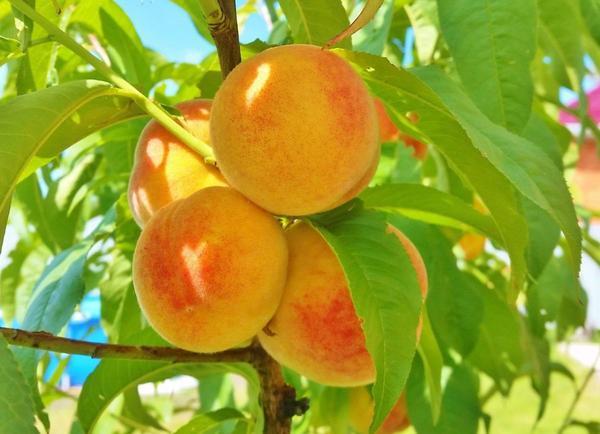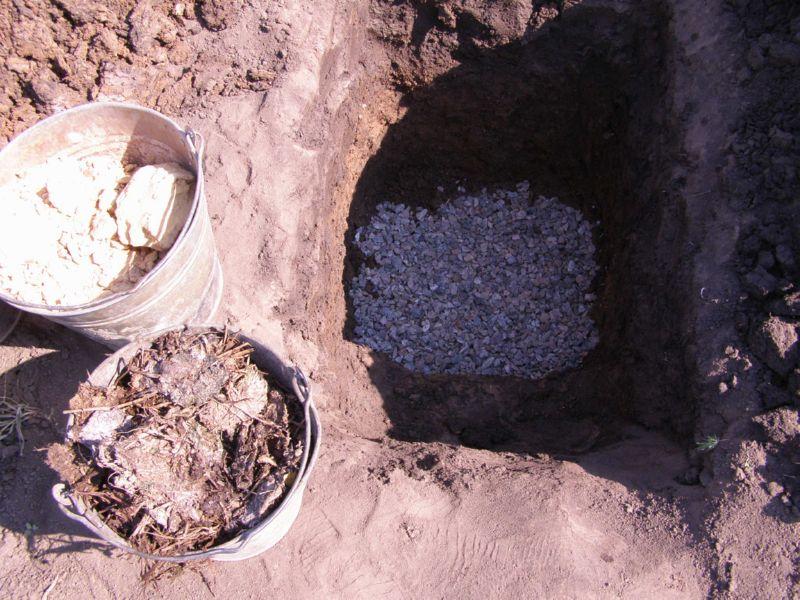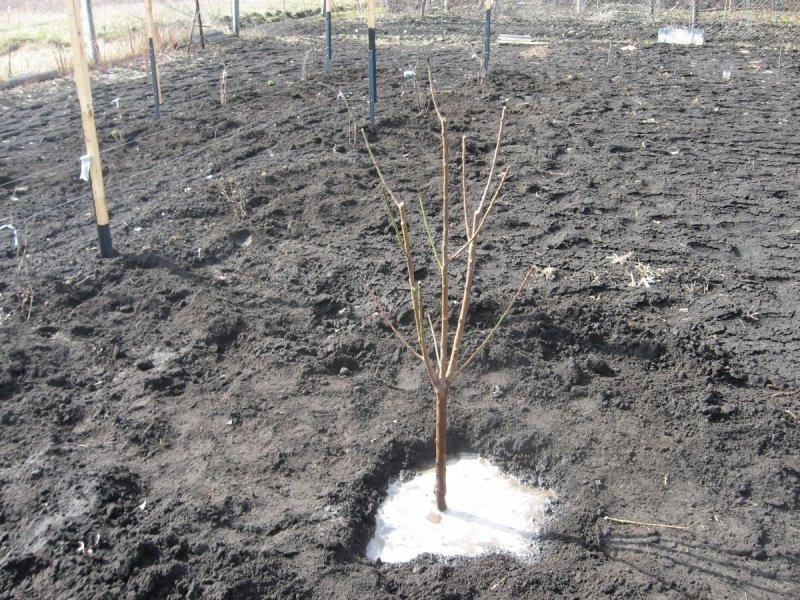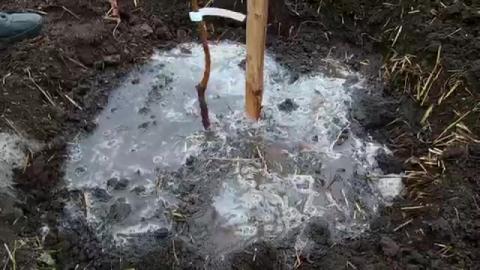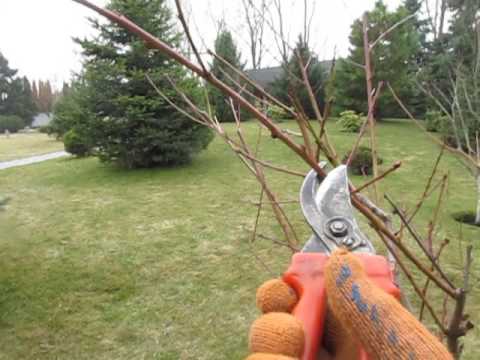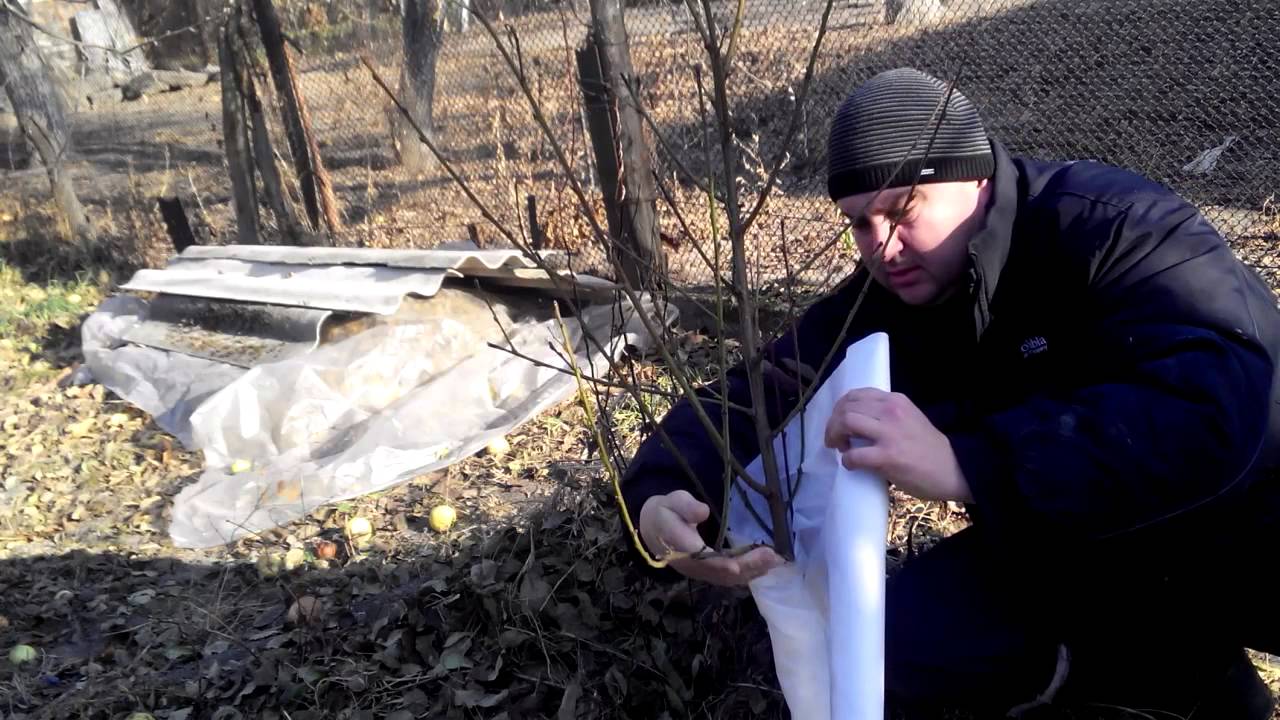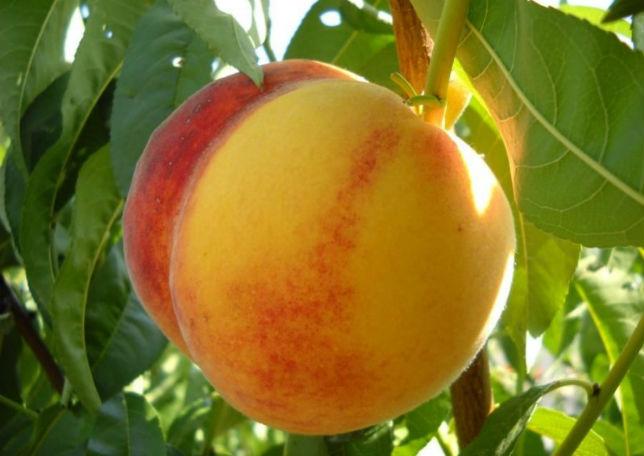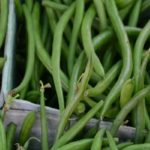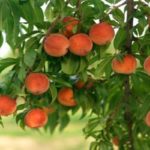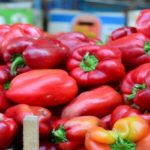Among summer fruits, the fragrant peach is considered popular. This culture is recommended for cultivation in the southern regions. But scientists, with the help of selection, have developed frost-resistant peaches, which include the Golden Jubilee variety, which requires proper, timely care, a warm location and attention. The variety has proven itself to be quite resistant to low temperatures and is valued by gardeners for its stable yield and excellent taste.
- Description and characteristics of the variety
- What are the advantages and disadvantages of the Golden Jubilee peach?
- The nuances of planting a tree
- Timing
- Preparing the landing site
- Planting seedlings
- Subtleties of crop care
- Watering
- Top dressing
- Trimming
- Preparing a tree for winter
- Pests, diseases and prevention
- When to harvest and how to store the crop?
Description and characteristics of the variety
Selection work to create an elite Golden Jubilee peach, characterized by endurance to different climate conditions and large fruits of good taste, was carried out by American scientists by crossing the Elberta and Greensboro varieties in 1921.
The tree forms a spreading oval-shaped crown and is characterized by intensive growth, with its height reaching 4-5 meters. The plant is decorated with green, wide, lanceolate leaves with a slight yellowish tint. The bell-shaped flowers of a rich pink color, medium in size, attract attention.
The fruits are broadly oval in shape and large in size. The weight of one ripe peach ranges from 120-140 grams. The skin is of medium density, golden in color, with a characteristic pink or red blush, slightly pubescent. A small red-brown pit, with a pointed tip and a wrinkled-furrowed surface, is easily separated from a ripe peach.
The fibrous pulp has a bright orange hue, delicate texture, exquisite sweet and sour taste and unique aroma.
The Golden Jubilee peach variety begins to bear fruit in the third year after planting. Flowering occurs in April and lasts 10-12 days. The fragrant fruits are harvested in the first days of August. The culture bears fruit for 10-15 years.
What are the advantages and disadvantages of the Golden Jubilee peach?
The description of the peach variety Golden Jubilee suggests the following advantages:
- high yield, one tree can produce up to 50 kilograms of fruit;
- precociousness, the ability to lay flower buds at one year of age and produce a harvest already in the second year after planting;
- excellent taste characteristics of fruits with a tasting score of 4.2 points out of 5 possible;
- good resistance of the variety to diseases such as cleatherosporiasis and powdery mildew;
- the ability to adapt to different climatic conditions and adapt to sudden fluctuations in environmental temperature;
- versatility in use; peach is good in fresh and canned form, used for making juices, drinks, and in the production of confectionery products.
The characteristics of the peach tree also include the disadvantages of the Golden Jubilee variety, among which are:
- tendency to fall off, ripe fruits will not last more than 3 days on the branch;
- low transportability of the crop and short shelf life;
- average winter hardiness for northern regions.
The nuances of planting a tree
In order for the peach tree to fully develop, and for the harvest to please you with its quantity and quality, it is necessary to plant the plant correctly, as well as carry out all the care measures. And in early August, enjoy the excellent taste of juicy, aromatic fruits.
Timing
The favorable period for planting seedlings of the Golden Jubilee variety is spring and autumn. The planting time depends on the climate conditions of the growing region. For the Middle Zone, early spring planting is recommended: the last days of April. Over the course of the season, the young tree will grow stronger and accumulate strength to endure the harsh winter. In the southern regions, you can plant seedlings in the fall, but do this a month before the onset of the first frost.
Preparing the landing site
When choosing a place for planting Golden Jubilee peaches, preference should be given to areas well lit by the sun and protected from the wind. When wood is shaded, poor formation of generative buds will occur.This will lead to the formation of small and tasteless fruits. A good solution would be to allocate the southwestern or southern side of the site to the peach tree.
The quality of the harvest is determined by the soil on which the fruit trees grow, so it must be fertile. The best alternative is loose, sandy or loamy soils with a high degree of aeration.
Before planting, dig up the area where the seedling will be planted. This will help saturate the soil with oxygen and remove various weeds and their roots.
Planting seedlings
For successful cultivation, you need to competently perform the planting process, which consists of the following steps:
- Dig planting holes. The volume of the recesses should correspond to the size of the root system of the seedlings.
- Form a mound of fertile soil with a fertilizer complex containing both organic and mineral substances.
- Place pegs up to 1 meter high in the center of the pit.
- Place the seedlings in holes on earthen hills, straightening the roots, and cover them with soil substrate, deepening the grafting site by 5-10 centimeters.
- Thoroughly compact the planting site, moving from the outer edge of the trunk circle to the base of the trunk.
- Secure the plants to a stake and water them at the rate of two buckets of water for each planting unit.
- Mulch the soil around the seedlings, 6-8 centimeters thick, using humus, compost or sawdust.
The Golden Jubilee peach variety, planted in the garden, will bring a lot of gifts: bliss to the taste buds, clean air to the lungs, joy to the eyes.
Subtleties of crop care
The health of the peach tree, its growth, development and fruiting depend on the efforts spent by gardeners on important agricultural techniques.Proper care can increase productivity, extend the life span, give a beautiful appearance to the garden, and prevent the development of diseases.
Watering
To get a good harvest of peaches, you need to surround the fruit tree with care, which consists of carrying out such an important event as maintaining soil moisture conditions.
The soil should be moistened moderately, based on weather factors, soil type and age of the plant. On average, you need 40-50 liters once a week. The soil should dry out between waterings.
Top dressing
It is important to provide the Golden Jubilee peach with nutrients. The first application of fertilizers should be carried out three years after planting, using organic matter and minerals depending on the time of year. To increase the winter hardiness of peach and stimulate the ripening of wood, apply fertilizers based on phosphorus and potassium in the fall.
Trimming
The Golden Jubilee peach needs to be pruned regularly. The procedure will regulate crop yield, sugar content and fruit size, and also facilitate access to trees when picking fruit.
Formation is carried out throughout the season:
- in the spring, freeing from dry, broken, twisted shoots;
- in mid-summer, for the purpose of sanitary cleaning, removing diseased branches;
- in the autumn, forming the crown and removing shoots damaged by the harvest.
Preparing a tree for winter
Although the peach tree demonstrates high adaptive characteristics, withstanding temperatures up to 25 degrees below zero, it also needs reliable shelter for the winter, since it may not tolerate the harsh conditions of the Middle Zone.You can protect the crop from freezing in winter by covering it with special materials that allow moisture and air to pass through, thereby ensuring a normal microclimate.
With the onset of spring, the root system of the plant wakes up before the buds, which is why there is a threat of freezing during spring frosts. Therefore, in the fall it needs to be covered with mulch.
Pests, diseases and prevention
The Golden Jubilee peach variety has good resistance to various fungal diseases. Leaf curl remains dangerous for the crop. Both young and fruit-bearing plants can get sick. In spring, swellings form on the leaves, and gum formation begins on the shoots. Subsequently, the swellings acquire a red-brown color, and a waxy coating forms on them. The leaves dry out and fall off, and the branches turn yellow and bend.
A proven method using Bordeaux mixture or copper sulfate will help you cope with the problem.
The crop can also be favored by pests: aphids, codling moths, weevils, and fruit moths. Trees need to be sprayed with special preparations long before harvesting, following the dosage recommended by the manufacturer when making the products.
Important! Proper care and compliance with sanitary standards will reduce the likelihood of the appearance and development of parasites.
When to harvest and how to store the crop?
In southern latitudes, the Golden Jubilee peach variety is harvested in early August, and in the middle regions much later, depending on the weather. If the summer is cool and rainy, the fruits will ripen in the middle or at the end of the month.
It is not recommended to keep fruits on trees. Ripe peaches should be picked immediately, as the variety is characterized by a tendency to shed fruit. The harvest can last up to 8 days, and if it is harvested a week earlier, then up to 20 days.
The key to successful peach cultivation: choosing the right variety to ensure stable yields. Therefore, for gardeners who trust quality, the Golden Jubilee peach remains one of the favorite varieties. After all, its positive characteristics and varietal characteristics can satisfy all the requirements of modern gardening.

